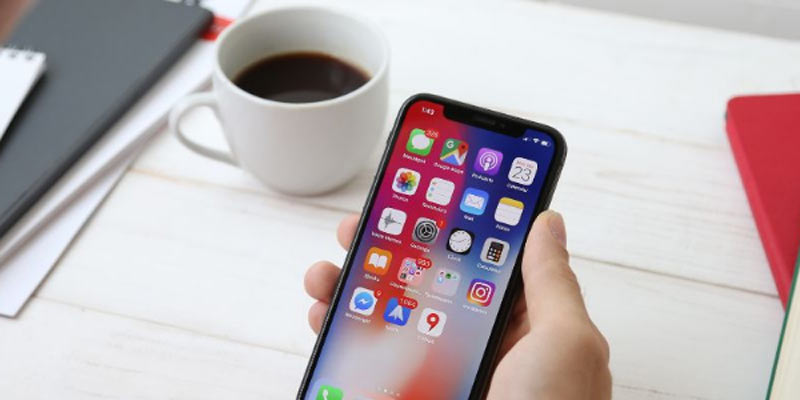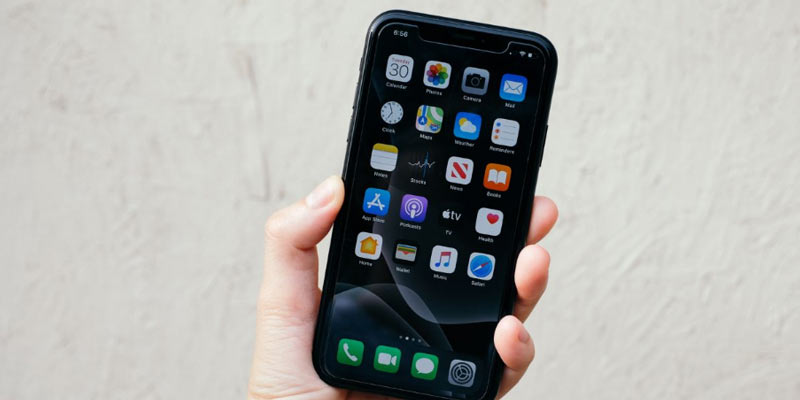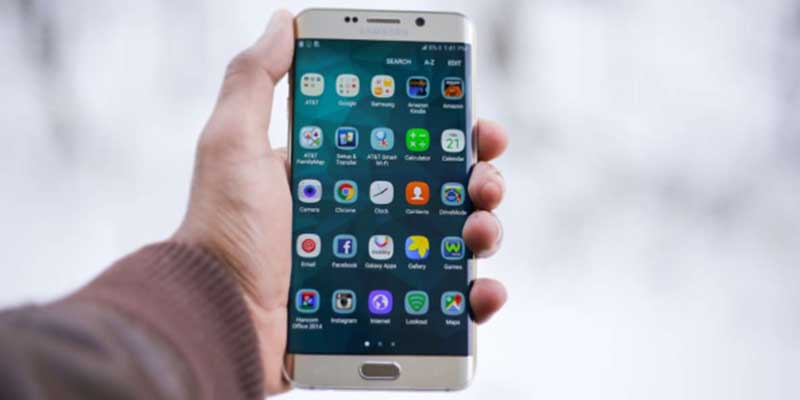The iPhone 14, like its predecessors, is an extremely powerful device that can handle a wide range of iPhone files. Whether it’s documents, photos, music, or software downloads, your iPhone is designed to make managing these files a breeze.
To manage files on an iPhone, one must know some basic aspects, such as where you can typically find files on your iPhone 14 and effective methods for managing these files, primarily software downloads. Another key aspect of file management in an iPhone is how to use iCloud and various other tools properly in order to stay in control of your digital world. So, if you’ve ever wondered where your downloaded files vanish or how to keep your digital life tidy, read on to uncover the secrets of file management on your iPhone 14.
Where Are the Files on iPhone 14 Generally Located?
When finding files on your iPhone 14, it’s essential to understand that the iOS ecosystem is designed to be user-friendly and organized. Unlike a traditional computer, where files are scattered across folders, iOS simplifies file management. Here are some common locations where you can find other files for iPhones:
Photos and Videos
Your photos and videos are typically stored in the Photos app of your iPhone 14. You can access them by simply opening the app. They are organized into albums, including the Camera Roll, which contains all your recent photos and videos. Face recognition technology also allows your iPhone to categorize your photos automatically according to unique facial features.
Documents and Files
If you’ve received or downloaded documents, PDFs, or other iPhone files, you can find them in the Files app. You can organize these files into folders, and it also integrates with various cloud storage services like iCloud Drive, Google Drive, and Dropbox. The “Files” App is the central hub for most documents and files in an Apple iPhone 14.
Music and Audio
Music files and audio recordings are usually located in the Music app. You can browse through your iPhone music library, create unique playlists, and listen to your favorite tunes here.
Emails and Attachments
If you’ve received email attachments, they can be found within your email app. Most email apps allow you to view and save attachments directly to your iPhone 14.
Software Downloads
Software or app downloads are easy to access and typically managed through the App Store. When you download an app, it’s installed on your device and appears on your home screen.
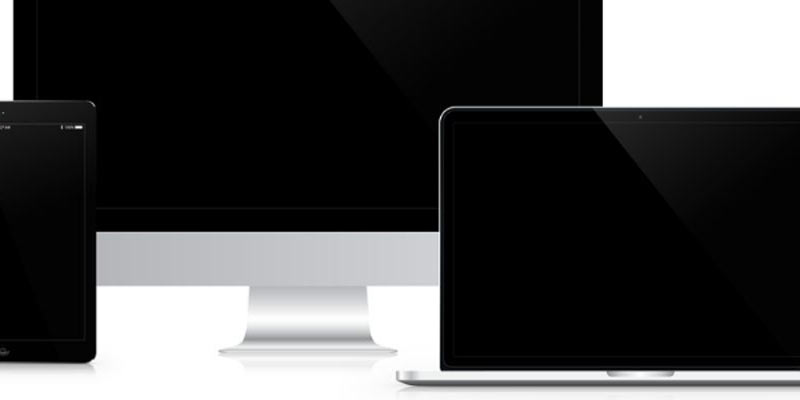
Where Can I Usually Find Files for Software Downloads?
When you download apps and software on your iPhone 14, they are usually installed directly onto your device, and their icons appear on your home screen. You can locate and manage these iPhone files quite easily, like so:
Home Screen
This is your device’s main screen, where you’ll find app icons for all your downloaded files on your iPhone. Simply swipe left or right to browse through your apps and tap an icon to open the corresponding app.
App Library
Starting with iOS 14, an App Library feature automatically categorizes and organizes your apps into folders. To access the App Library, swipe left from your last home screen page. You can search for apps here or tap on the folders to see apps categorized by iPhone file type.
Search
If you have a lot of apps and can’t find one on your home screen or in the App Library, you can use the search function. Swipe down on your home screen to reveal the search bar at the top of the screen. Type the name of the desired software you’re looking for, and the app will appear in the search results.
How to Manage These Files? Introducing iCloud and Its Functions
Now that you know where to find your files on your iPhone 14, let’s explore how to access files on an iPhone and effectively manage them, especially when keeping your data safe and accessible. iCloud, Apple’s cloud storage service, is crucial in this process.
iCloud is an extremely efficient file storage system. It securely stores iPhone files, photos, videos, and app data in the cloud. The beauty of iCloud is that it seamlessly syncs your data across all your Apple devices, including your iPhone 14, iPad, Mac, and even Windows PC. This means a photo or video you take on your iPhone can instantly be available on your iPad or computer. Just as it is with any good online storage space, iCloud has a plethora of functions, such as,
iCloud Drive
This is basically a virtual hard drive in the digital cloud. You can store iPhone files, documents, and folders here. Any changes you make to these files are automatically updated across your devices, which can be accessed from anywhere in the world with a stable internet connection.
Photos and Videos
iCloud Photo Library is a cloud-based photo album that allows you to store your entire photo and video collection in iCloud, making it accessible on all your devices. It also has features like shared albums for collaborating with others.
Backup
iCloud Backup is your insurance policy for your iPhone’s data. It backs up your settings, app data, messages, and more. If you ever lose or replace your iPhone, you can restore everything from your last iCloud backup by just accessing your iCloud from another Apple device.
Find My iPhone
Find My iPhone is a security feature powered by iCloud. It’s like a GPS tracker for your device that helps you locate it on a map in case it gets stolen or lost. You can also activate a “Lost Mode” feature to remotely lock your iPhone 14 and display a message with your contact information. And if all else fails, you can remotely erase your iPhone to protect your iPhone files and personal data.
Notes, Contacts, Calendars
iCloud synchronizes your notes, contacts, and calendars across all your devices. This iPhone file assistant ensures you’re always organized and up to date, no matter which device you use.
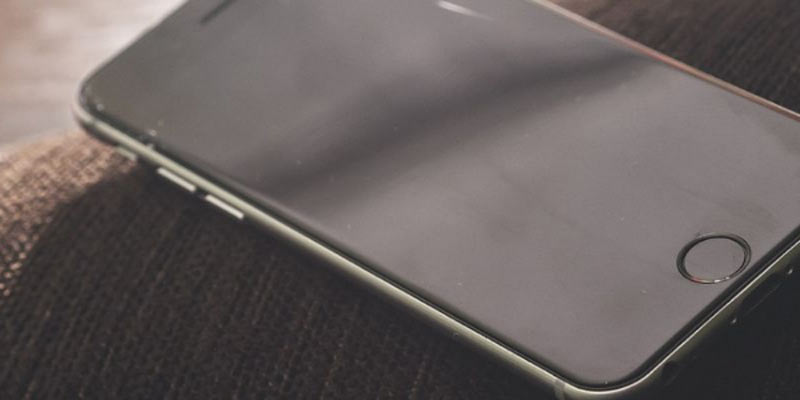
iPhone File Tools and How to Use Them
Managing files effectively on your iPhone 14 often requires additional tools and apps. Here are a few key tools and how to use them:
Files App
The iPhone Files app is your central hub for managing documents and files on your iPhone 14. You can create folders, move files, and even access iPhone files from cloud storage services like iCloud Drive and Google Drive. To organize files, open the Files app, tap “Browse,” and navigate through your folders.
iCloud Storage Management
Managing your iCloud storage is crucial to ensure you have enough space for your iPhone files and backups. To check and manage your iCloud storage, go to “Settings” > [your name] > “iCloud” > “Manage Storage.” Here, you can see what’s taking up space and even upgrade your storage plan if needed.
Photos App
The Photos app in your iPhone 14 stores your photos and videos and provides editing and organizing tools. You can create albums, use the “Photos” tab for automatic organization, and even use the “For You” tab for suggested photos and memories.
App Store
Your iPhone 14’s App Store is where you can download and manage apps. You can update apps, rearrange them on your home screen, and even delete them when you no longer need them. To update apps, open the App Store, tap your profile picture, and click “Updates.”
iCloud Settings
In your iPhone’s settings, you’ll find various options related to iCloud, such as iCloud Backup, iCloud Photos, and iCloud Drive. Customizing these settings allows iPhone users to control what gets backed up and synced to their iCloud account.
How to Delete Files on iPhone
Deleting files on your iPhone is a straightforward process tailored to the type of content you want to remove.
For photos and videos, simply open the “Photos” app, locate the item you wish to delete, and tap the trash can icon. For documents and files, the iPhone “Files” app allows you to navigate to the desired file’s location, tap and hold it, and select “Delete” from the menu. Apps can be deleted by simply pressing and holding their icons on the home screen and then tapping the “X” icon. Messages and email attachments can be removed by swiping and choosing “Delete.” It’s important to note that deleted files are often temporarily stored in a “Recently Deleted” folder or section before being permanently erased.
Takeaway
Knowing where to find and how to manage files on your iPhone 14 is a crucial skill that allows you to make the most of your iPhone 14’s capacity. From photos and documents to apps and iCloud, you have many tools and features at your disposal. You can keep your digital life well-organized by learning how to use these tools and practices.
Whether you’re capturing memories, collaborating on documents, or simply enjoying your favorite tunes, knowing how to navigate and control your iPhone files is key to a seamless and enjoyable iPhone experience.
